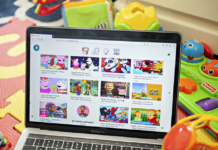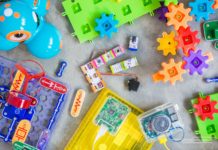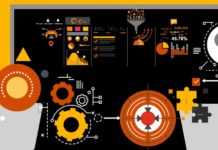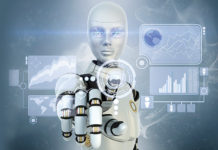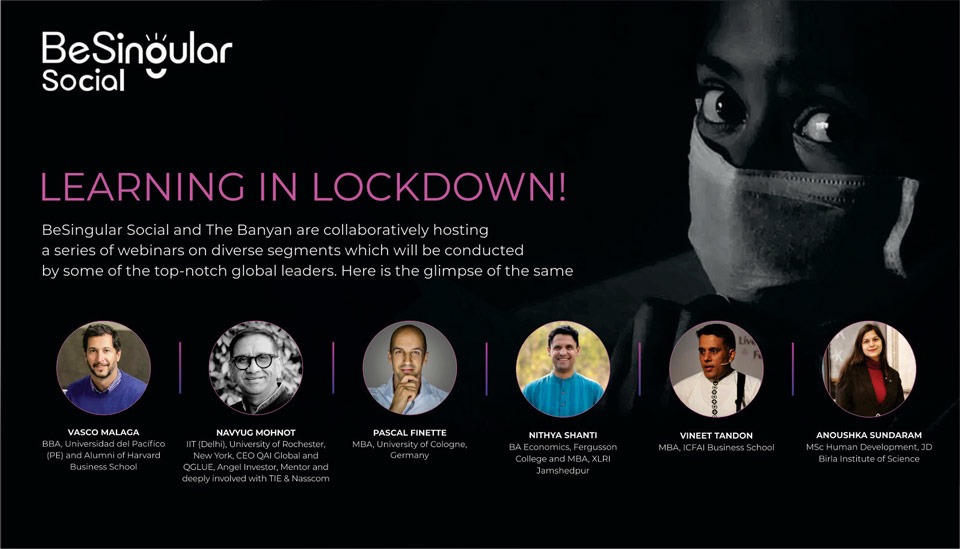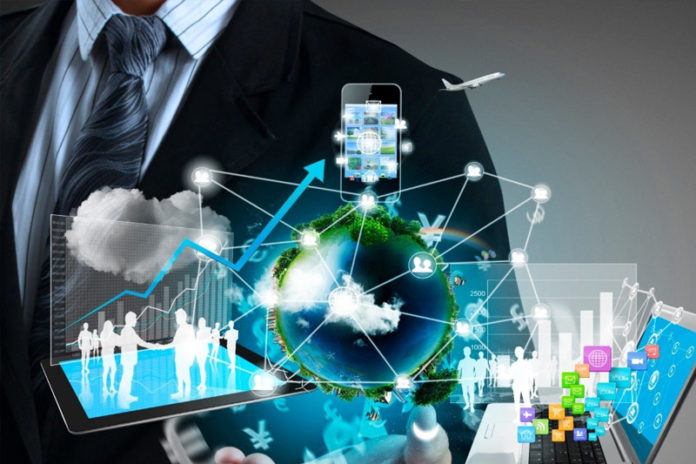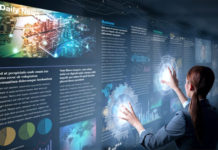Evolving technologies have completely changed the game, there was a time when it took days to connect with your loved ones, but today, thanks to emerging technologies we can video call our closed ones, have a text conversation over WhatsApp or switch on our Air Conditioners from anywhere or get the latest news on our smart devices. This change in the world has disrupted the status quo and people today have to unlearn a lot of things to keep pace with the current technology environment. As we all step into the year 2020 we look forward to learn, explore and discover newer technology trends.
Let’s take a look at the Latest Future Technology Trends in 2020
Artificial
Intelligence
Artificial intelligence is the ability of a
computer to think and learn like humans. There has already been a lot of buzz
around this technology, however, it continues to be one of the top technology
trends in 2020. As explained earlier AI mimics human intelligence and perform
tasks such as recognition of images, speech or patterns and decision making. AI
can do these tasks faster and more accurately than humans.
People use AI services like navigation apps, streaming services, smartphone personal assistants, ride-sharing apps, home personal assistants, and smart home devices.
According to the World Economic Forum’s report on Future jobs, AI will eliminate 73 million more jobs by 2030. Nevertheless, it will also create 23 million jobs in AI by 2020.
Machine
Learning
Machine Learning is an application of Artificial
Intelligence that gives machines unsupervised ability to learn and improve.
They learn by discovering patterns and insights from data. Machine learning is
being used by many industries across the globe, due to which there is a huge
demand for experts in this field. The market for Machine Learning is expected
to grow to $8.81 billion by 2022.
Robotics
According to the World Economic Forum, the future
of jobs lies in robotics. Although it threatens 75 million jobs at the same
time 133 million new jobs will be created in this field. Therefore, there is a
lot of scope for students in this field. Students keen in following a career in
robotics should look at learning the basics of the subject and then join a
degree course from a known university.
Virtual Reality and Augmented Reality
Virtual Reality is the use of computer technology to create a simulated environment while augmented reality keeps the real-world focus but just adds elements that aren’t really there, to enhance the user’s experience. Both of these technologies have immense potential for students to pursue as a career specialisation.
Internet of Things (IoT)
When things are connected and operated through the internet they are called the internet of things. IoT is already an important part of our everyday life. It has already enabled our devices at home and office and the data is being exchanged through it. In fact, this is just the starting of IoT – we have reached 8.4 billion devices in 2017, however, it is expected to reach 30 billion devices by 2020. A career in IoT means a skill that would last for decades to come.







